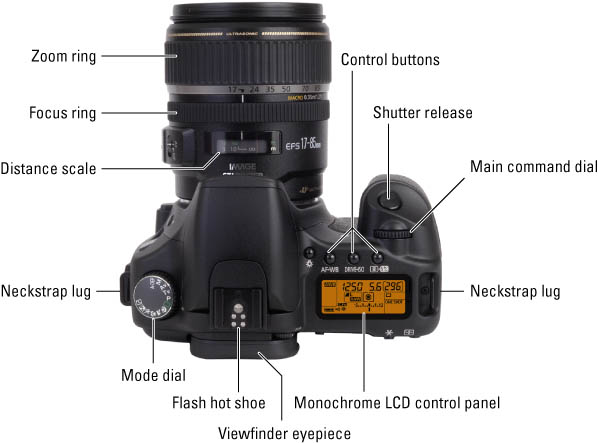Traditionally, luminarias are made of votive candles set in paper bags weighted with sand and placed in rows along walkways, driveways, and even rooftops. You can use them in new ways, however, to light paths, a mantel, or a staircase. Because they're so simple to make, you can use them as projects for children. Light up your nights for the holidays by making some luminarias for your home and customizing them for a specific holiday.
You can decorate, punch, or cut designs from lunch-size paper bags to make holiday luminarias quickly and easily. Use bags in holiday colors (you can find them at party supply stores) to give your luminarias a holiday look. For instant decorating — no embellishments required — use the preprinted themed bags that are often used for holding goodies.
Place one to two inches of sand in the bottom of each paper bag. Nestle a tealight or votive candle into the center of the sand. When you're ready to use your luminaria, just light the wick of the tealight or candle.
Stamping, stenciling, or drawing designs
You can customize plain bags by stamping, stenciling, or drawing designs on them with craft paint or markers. Stencil stars for the Fourth of July, or stamp shamrocks for St. Patrick's Day. A simple drawing of a jack-o'-lantern for Halloween or a stenciled Star of David for a dusk celebration can provide a beautiful way to welcome guests and make any occasion special.
For a simple way to make a luminaria with a complex design, use a computer to print clip art in black ink on plain copy paper. Trim the copy to fit just inside one side of the plain brown bag, and then glue or tape it into place. When you light the luminaria, the black lines of the design show up on the outside of the bag. With this little trick, you can quickly make luminarias that look as if you spent lots of artistic energy on them.
Try to find designs that look like silhouettes or are completely black: They show up better when the luminaria is illuminated.
Perforating designs
When you perforate outlines of designs in your paper bag luminaria, bright pinpricks of light shine through the paper. Perforating outlines of designs in paper is easy. Just follow these steps:
1. Place several layers of folded newspaper on a cutting board.
2. Tape your paper bag, with the bottom flap unfolded, to the newspaper with pieces of masking tape or removable tape.
3. Take a thumbtack and prick evenly spaced holes along the outline of the design, making sure you prick through both layers of the bag.
Cutting out designs
Cutting small designs out of the paper bag will allow a little more light to shine through your luminaria. But remember, when you cut more paper from the bag, you also allow more wind in, making the candle flame more likely to go out.
When cutting out designs, use shapes that are 1 to 1-1/2 inches in size. Anything larger will weaken the structure of the bag, making it more likely to sag.
1. Place several layers of folded newspaper on a cutting board. Tape your paper bag, with the bottom flap unfolded, to the newspaper with masking tape or removable tape.
2. Draw or trace the outline of the design on the bag.
3. Cut out shapes with a craft knife.
If you want to use cookie cutters for patterns or larger motifs, you can use two bags (with one serving as a liner) to give the cut bag strength. This layered effect is very pretty when you use a contrasting colored bag for the inner liner.
When burning candles, always follow the manufacturer's instructions for safe and proper use. For more about candles and a close look at candle safety tips, head over to the National Candle Association.
dummies
Source:http://www.dummies.com/how-to/content/creating-paper-bag-luminarias-for-holiday-decorati.navId-400689.html




